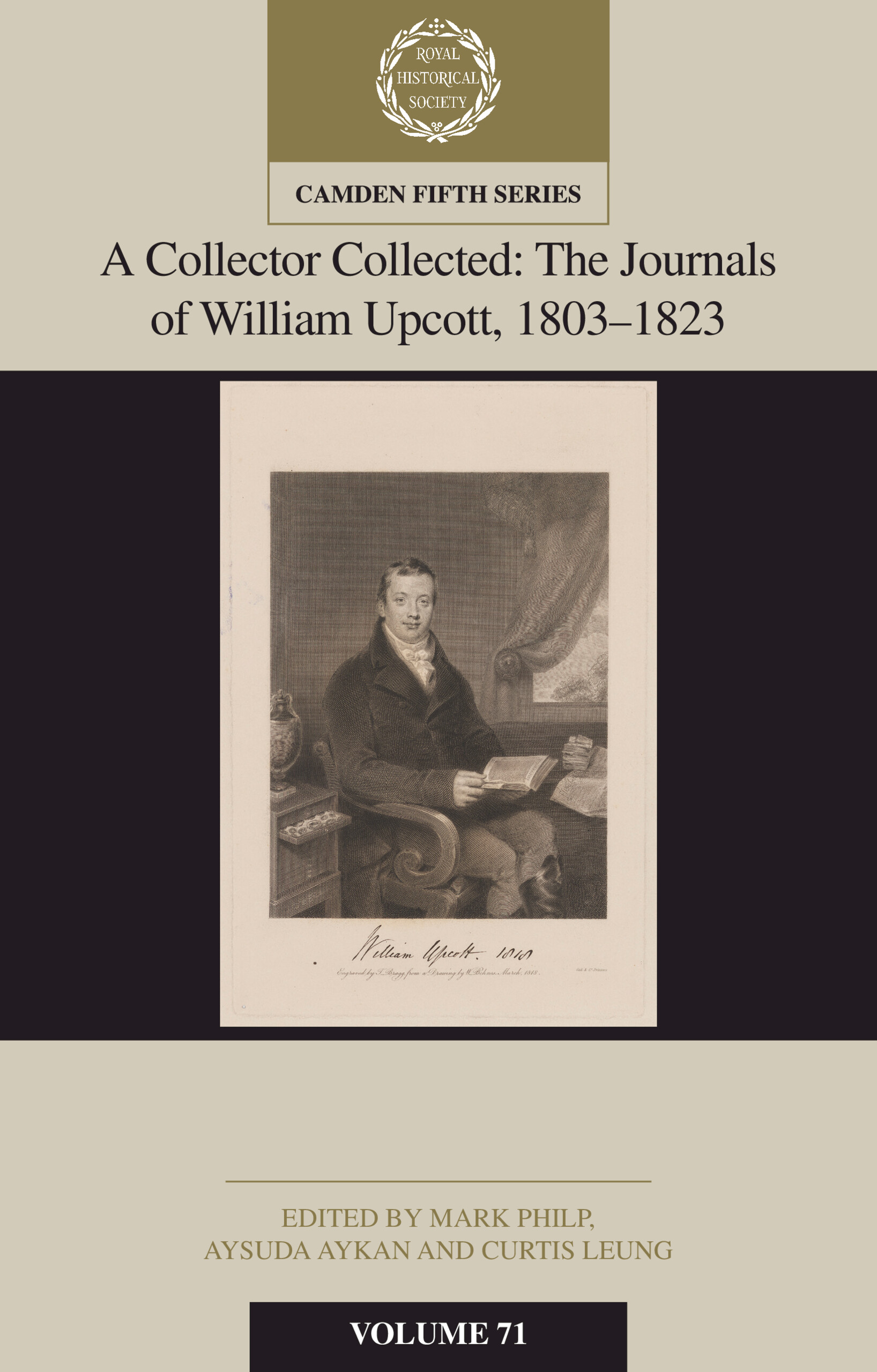
Figure 3. Bird's Eye View of Warwick, 1654, by Wenceslaus Hollar, RCIN 802944. The Royal Collection Trust / © His Majesty King Charles III 2023.
[Front cover]
Major John Halford'sFootnote 1 Accounts from Midsummer 1640 to Midsummer 1641
[p. 1]
Midsummer 1640. Receipts

[p. 2]
Receipts

[p. 3]
Receipts

[p. 4]
Receipts

[p. 5]
Receipts

1004-14-03
2243-03-00
385-19-06
52-16-06
20-12-04
3707-07-07
[p. 6]
[Blank]
[p. 7]
Midsummer 1640. Diet

[p. 8]
Diet

[p. 9]
Diet

22-6-01

[p. 10]
Diet

Brooke House

[p. 11]
Diet

[p. 12]
Diet

[p. 13]
197-00-10
99-13-08
44-18-02
181-07-08½
277-01-10½
218-18-04
Diet 1019-00-07ex
[p. 14]
Diet

[p. 15]
Diet

12-14-00
03-06-04
Board wages 16-00-04ex
[p. 16]
Reparations

[p. 17]
Repairs

47-01-02
23-08-05
Repairs 70-09-07ex
[p. 18]
Necessaries

[p. 19]
Necessaries

[p. 20]
Necessaries

[p. 21]
Necessaries

[p. 22]
Necessaries

[p. 23]
Necessaries

[p. 24]
Necessaries

[p. 25]
Necessaries

[p. 26]
Necessaries

[p. 27]
Necessaries

[p. 28]
Necessaries

[p. 29]
Necessaries

[p. 30]
Necessaries

[p. 31]
Necessaries

[p. 32]

[p. 33]
37-15-06
22-10-10
41-04-00
08-18-06
39-15-08
07-04-11
31-12-08
15-19-08
06-00-04½
38-11-10½
10-19-08
29-06-00
11-16-10
06-02-03
03-00-07
Necessaries: 310-19-04ex
[p. 34]
Midsummer 1640, Garden charge

[p. 35]
Garden charge

Brooke House

[p. 36]
Garden

[p. 37]
Garden charge

[p. 38]
Garden charge

26-16-09
17-15-03½
28-18-04
13-01-06
04-03-09
Garden 90-15-07½ex
[p. 39]
Midsummer 1640. Stables

[p. 40]
Stables

[p. 41]
Stables

[p. 42]
32-06-08½
49-12-03
220-18-02
Stables 302-17-01½ ex
[p. 43]
Midsummer 1640. Husbandry

[p. 44]
Travelling charges

[p. 45]
Travelling charges

[p. 46]
Travelling charges

[p. 47]
Travelling charges

[p. 48]
Travelling charges

[p. 49]
Travelling charges

10-10-05
55-17-07
12-18-01
07-03-08
05-03-05
03-00-00
Travel Charges: 94-13-02ex
[p. 50]
Portage

[p. 51]
Portage

29-08-04
06-00-03
Portage 35-08-07ex
[p. 52]
Wages

[p. 53]
Wages

[p. 54]
Wages

[p. 55]
Wages

[p. 56]
50-07-02
78-13-00
76-02-08
86-02-06
291-05-04ex
20-00-00
311-05-04ex
[p. 57]
Midsummer 1640. Annuities, Rents & Taxes

311-05-04ex
[p. 58]
Annuities, Rents & Taxes

311-05-04ex
[p. 59]
Annuities, Rents & Taxes

31-14-06
90-19-08
215-10-00
Rents: Taxes: 338-04-02ex
311-05-04ex
[p. 60]
Gifts

311-05-04ex
[p. 61]
Gifts

311-05-04ex
[p. 62]
Gifts

311-05-04ex
[p. 63]
Gifts

311-05-04ex
[p. 64]
Gifts

311-05-04ex
[p. 65]
Gifts

[p. 66]
13-05-00
22-06-10
06-15-00
48-08-00
06-16-06
45-15-11
Gifts 143-07-03 ex
311-05-04ex
[p. 67]
Foreign payments

311-05-04ex
[p. 68]
Children & liveries

05-10-04
311-05-04ex
[p. 69]
Children & liveries

311-05-04ex
[p. 70]
Children & liveries

05-10-04
18-19-06
54-01-01
78-10-11ex
311-05-04ex
[p. 71]
Household furniture

12-00-00
27-10-00
29-05-00
24-00-00
00-01-00
06-11-00
18-15-00
20-02-00
[p. 72]
Apparel

311-05-04ex
[p. 73]
Apparel

311-05-04ex
[p. 74]
Apparel

311-05-04ex
[p. 75]
Apparel

15-04-06
18-08-09
25-12-03
98-09-02
Apparel 157-14-08ex
311-05-04ex
[p. 76]
Moneys to my Lord

[p. 77]
Moneys to my Lady

[p. 78]
Debts

[p. 79]
[Blank]
[p. 80]
The accountant's discharge by the several disbursements under the titles following (vizt)

[p. 81]
Major John Halford's account wherewith he chargeth himself for one year's receipt ending at Midsummer 1641.


William Bridges, 10 June 1648
[p. 82]
This is a true copy of the original book remaining in Major John Halford's hands, examined 11 July 1648, by us William Bridges, Francis BridgesFootnote 195



